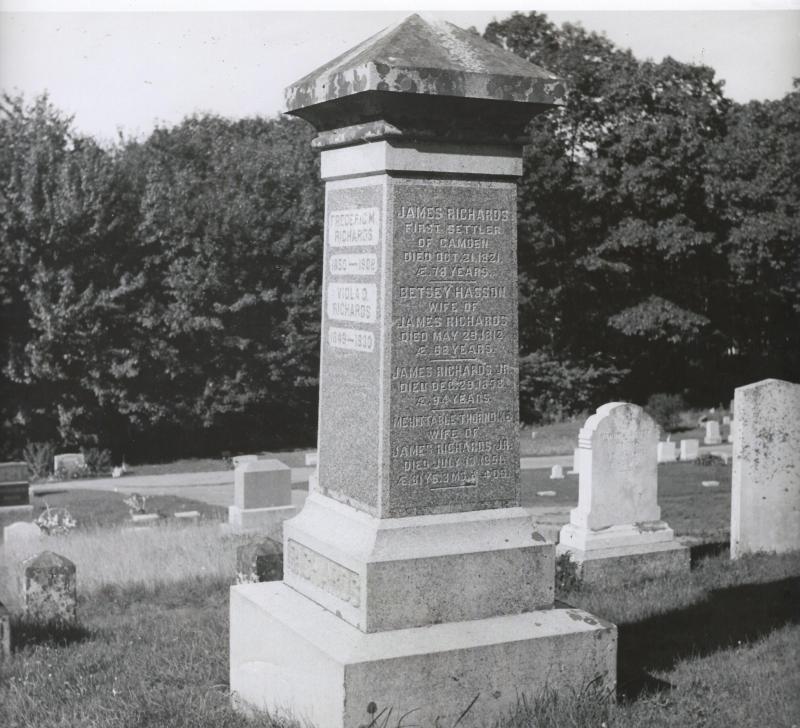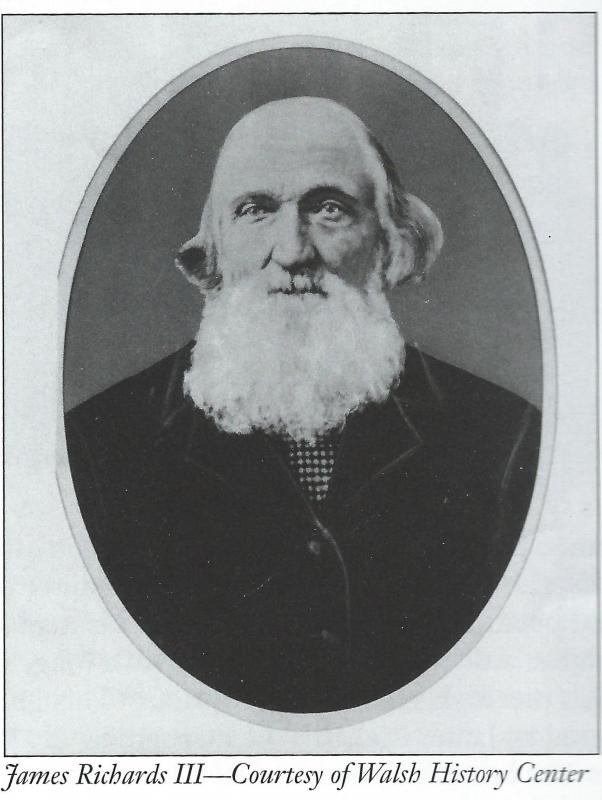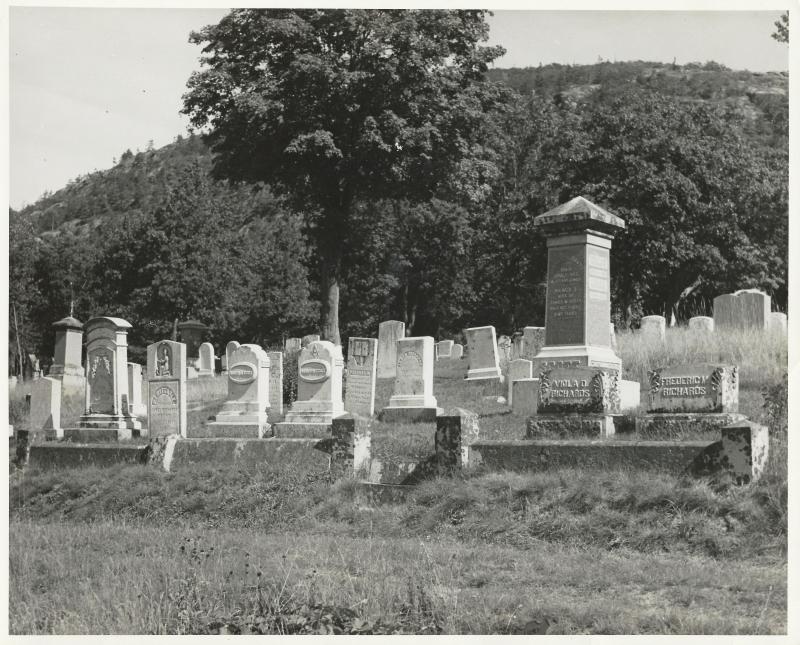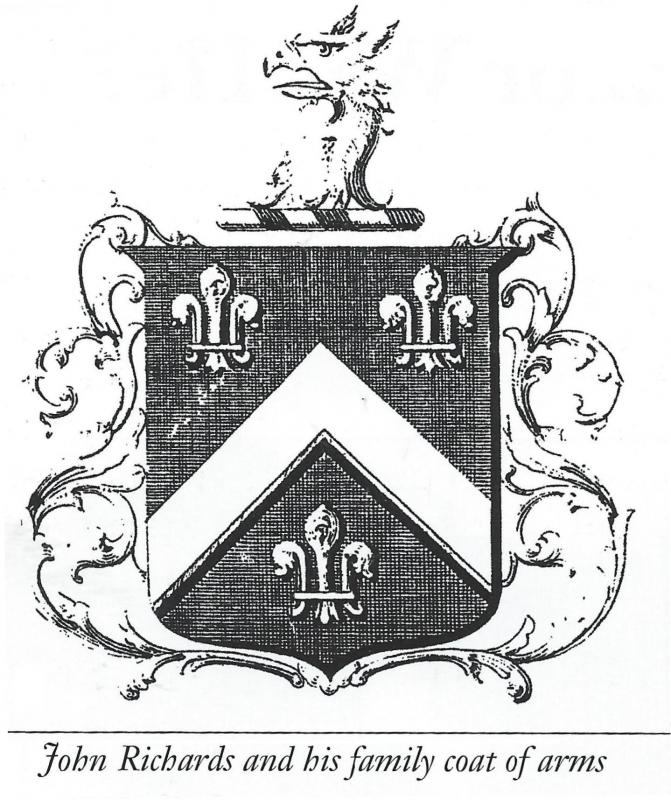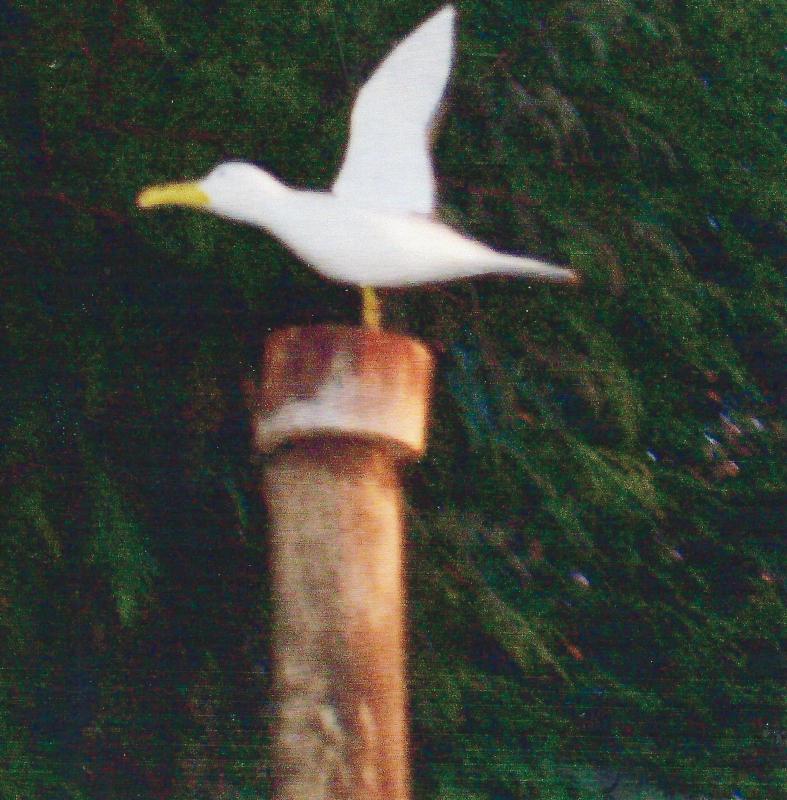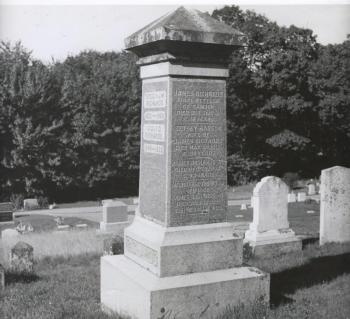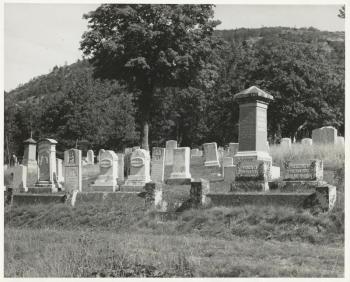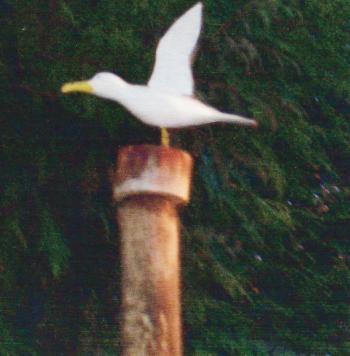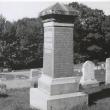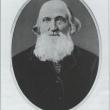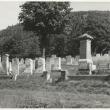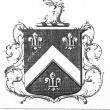Barbara F. Dyer: The prolific Richards family
People keep asking, “Why don't you write about James Richards, because he was the first settler of Camden.”
Well I thought everyone knew about him, but because my paternal grandmother was a Richards, I have researched the family a little deeper. She descended from his brother, Dodipher, and the Indian maiden he married, Little Fawn, daughter of Big Thunder. Her name was later changed to Sara.
I was able to get Revolutionary War pension paper records of Jonathan, son of Dodipher, who states: “I was born in Edgecomb, then in the county of Lincoln, Province of Maine on the second day of May 1761. I then lived in Camden (went to Camden County when six years old) til the year of 1777 when on the last day of May or thereabouts I enlisted in the Continental line or Army.”
That tells me that Jonathan came with his father, Dodipher, and his mother, Sara, staying here for 10 years. Then they told his brother James II how beautiful it was, so Joseph and Dodipher, Sara and Jonathan were here before James II. That leaves a doubt in my mind, who was the first settler?
James II sailed into Camden Harbor on May 8, 1769. At that time his wife, Betsy Hassen, looked at Mountain Battie and said, ”That is my mountain.” (I have to dispel that myth. From the journal of James Cargil, written on April 28, 1757: “Again set out from St. Georges, passed Tenants Harbor camped at the mouth of a little river, south of Mt. Betty and saw signs that Indians had been here.)
James's cook looked at Curtis Island and called it his island. (The name was changed in 1934 to honor Cyrus H. K. Curtis, who had done so much for Camden.) It is possible they said that.
Here is another thought: Robert Thorndike was employed by the Twenty Associates to assist in laying out land into lots. He built himself a house and became a settler in 1768, according to Lincoln County Register of Deeds. His brother, Ebenezer Thorndike, became a setter in December of 1768. On May 5, 1769, Robert Thorndike was given permission to settle by the Twenty Associates.
I certainly do not want to start a Revolution, as the three brothers populated Camden, Lincolnville and Searsmont.
There are so many Richards, and related to Richards as the Heald, Wadsworth, Hardy and Young families, and branches of each. In fact if the Richards families ever had a reunion in Camden, there would not be room for the rest of the people and tourists.
However, James II and Elizabeth Hassen Richards applied for a lot on Fales Survey map and did get title to it 30 years later, after General Knox figured out who owned what.
Here were squatters, land sold twice, etc. The parcel for James II went from Camden Harbor up to about where John Street is today, including our present day streets called Elm, Free, Mechanic, Pearl, Washington, Knowlton, Park, Norwood Avenue and vicinity.
Many houses in those areas date back to the Richards owners. They were a prolific family. James I had only four children, but James II had 15, his son James III had 15 and James IV did not get married.
As this was supposed to be an article on James Richards II, our first settler according to the history books, I think the best resource was an article in the Camden Herald dated March 31,1893, about an interview with James Richards IV, age 95 years old, about his grandfather James II.
At the time of the interview, he was the oldest living man in Camden. He was seated by the fire in his living room on Free Street. He said he was born in a log cabin on Pearl Street, near where he lived and always lived.
His grandfather, he stated, was the first settler in Camden, who built his log cabin back of the Village Hall lot and about where the Methodist Church stood before the Great Fire of Camden. (That places it somewhere in the present parking lot on Mechanic Street, across the street from the Knox Mill.)
James IV was fifth in the family of 15 children. His father, James III, married the first white female child born in Camden, Mehitable Thorndike, daughter of Robert Thorndike, who lived to be 104 years old.
His great grandfather, James I, came to Camden soon after his son settled here. As he related the stories, his nephew came from the attic with an old gun. It was a long single barreled, flint lock English piece. It bore the inscription “This gun is more than 200 years old used by James Richards the first settler. He killed 70 moose with it and over 100 bears.”
During the Revolutionary War, James Richards II had a very bad time with the British. They burned his cabin. He went up Megunticook River about two miles and built another log cabin. The English came up and burned that one also. One of his boys saw them coming and gave an alarm in time to get the cattle in the woods, where the English could not find them. He built a third home, but so far no one seems to know exactly where.
Grandson James remembered the War of 1812 very well, and his brother, Asa, and a few others defended Camden by a cannon on top of Mt. Battie. When they fired the cannons, the balls struck the water out beyond the ledges of the entrance to the harbor. The English passed by what they thought was a well-fortified town.
At the time of the interview, he had 11 relatives all over the age of 80 years of age and living nearby. He said that in the past years they held a picnic at Lake City to celebrate the occasion.
Thus ends my story. Perhaps we can just say that Camden was incorporated in 1791, and not worry about the first settlers.
Event Date
Address
United States

